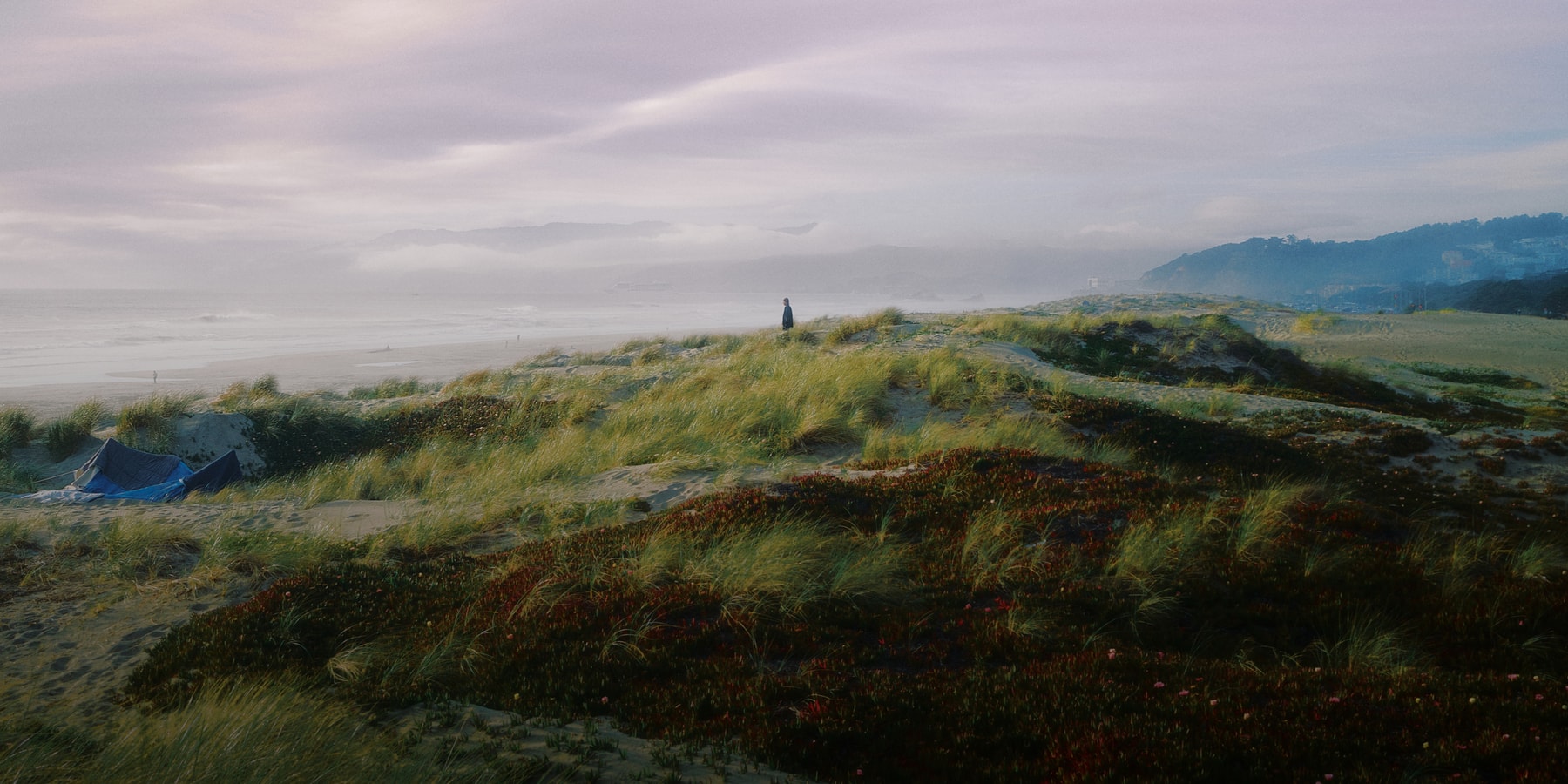

Through The Lens spotlights emerging and established photographers from around the world. The ongoing series is dedicated to offering unique insights in varying areas of photographic expertise including portrait, landscape, fine art, fashion, documentary and more.
Aleksandr Babarikin, a 26-year-old software engineer originally from Belarus who now resides in New York, describes his photography as a blend of impressionism and abstract expression. His work encompasses a wide range of themes, combining elements of nostalgia with futuristic visions of dystopian cities. Babarikin believes that photography serves as a means of self-reflection, allowing him to express ideas, emotions, and experiences without conscious thought.
Babarikin’s distorted images evoke a range of emotions and messages. Some reflect personal experiences, while others serve as representations of captivating shapes and colors. He aims to create a space for viewers to immerse themselves in the imagery and derive their own interpretations. Moreover, his approach to finding subjects and scenes for his photographs is intuitive and spontaneous. He roams the streets, observing the unfolding narratives of everyday life. Sometimes, he finds himself captivated by a particular moment, standing still for hours, eagerly anticipating the unexpected. This organic process allows him to capture candid and evocative moments.
Inspired by painting, particularly French Impressionism, Babarikin incorporates color, light, and texture to evoke specific moods and atmospheres. Artists such as Degas and Manet have had a profound impact on his artistic approach. Additionally, he finds inspiration from renowned photographers like Ernst Haas, Saul Leiter, and Jack Davison, whose works have influenced his understanding of photography as a form of art.
One of the most memorable experiences in Babarikin’s journey was collaborating with the musical duo ODESZA. Being a devoted fan since their early days, the opportunity to work with them was a dream come true. This collaboration involved a photoshoot for their album “Last Goodbye” and the use of his images on their vinyl and singles.
Looking ahead, Babarikin envisions photography evolving in tandem with the broader development of art and its reflection of society. While his artistic tastes may undergo gradual changes, he anticipates a continued exploration of abstract and painterly elements in his work. With an open mind and a commitment to artistic growth, Babarikin told us in an exclusive interview below about his approaches to photography, abstraction techniques and embracing the unknown as part of our latest ‘Through the Lens’ series. Read more below and follow Aleksandr Babarikin on Instagram for the latest updates on his work.
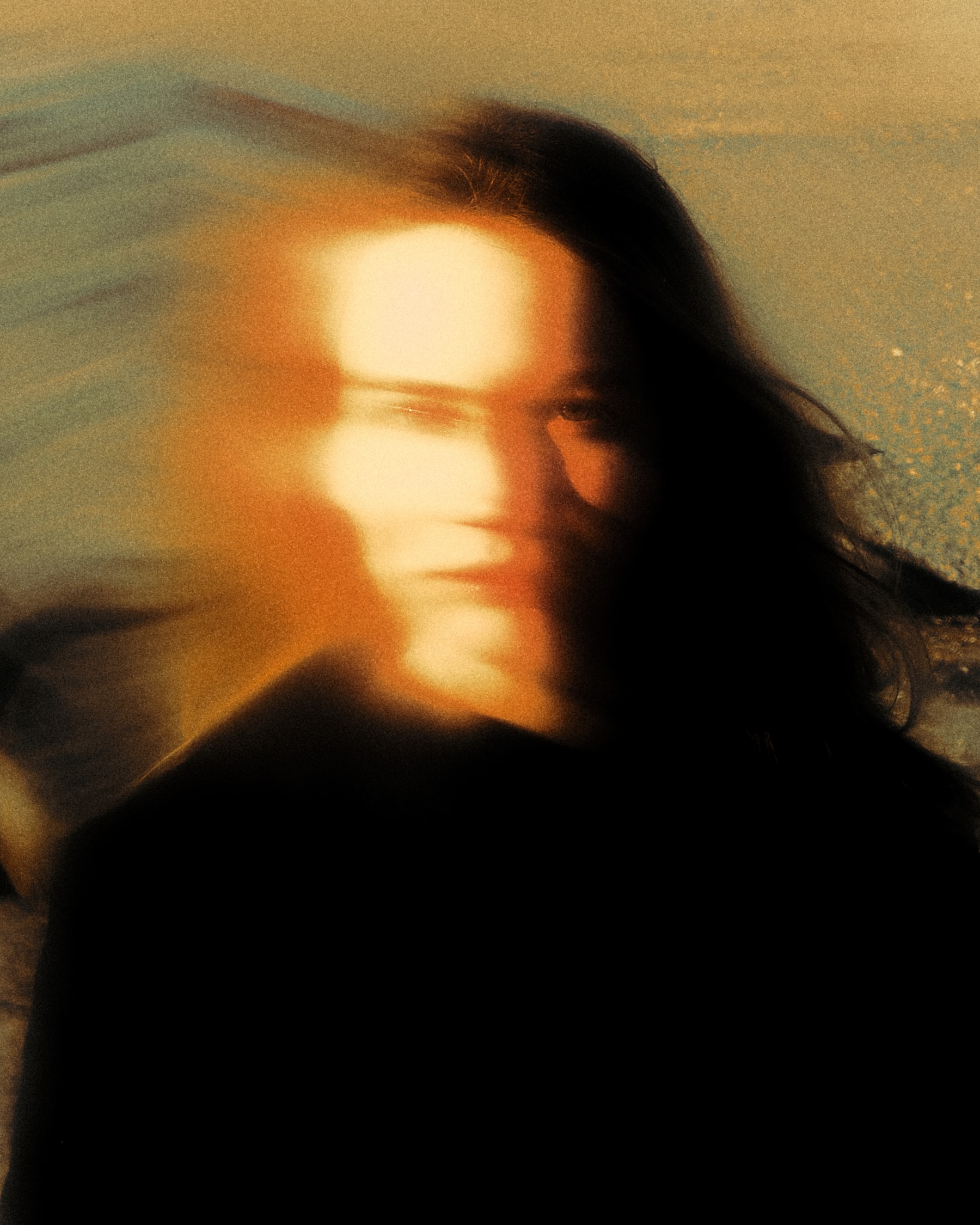
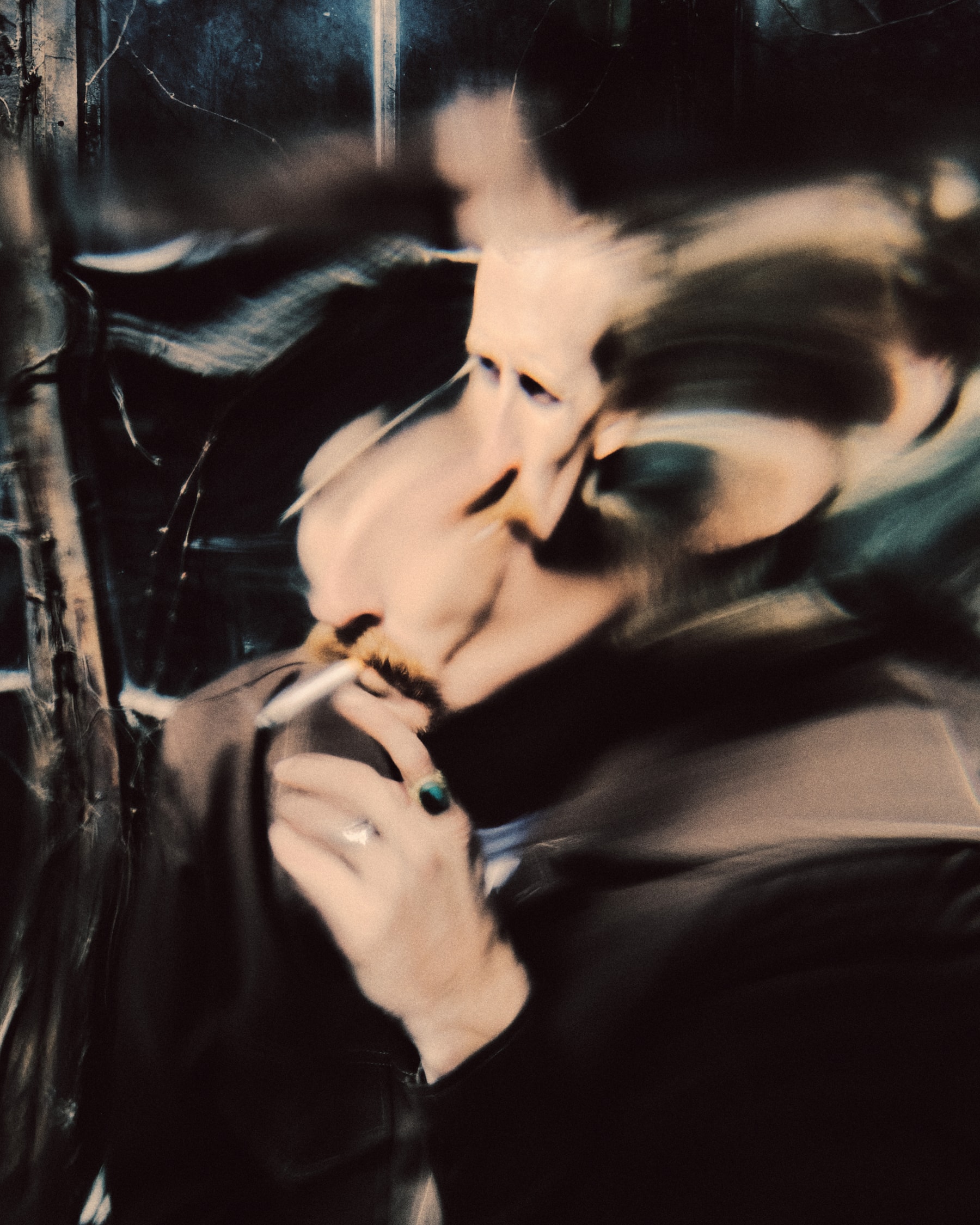
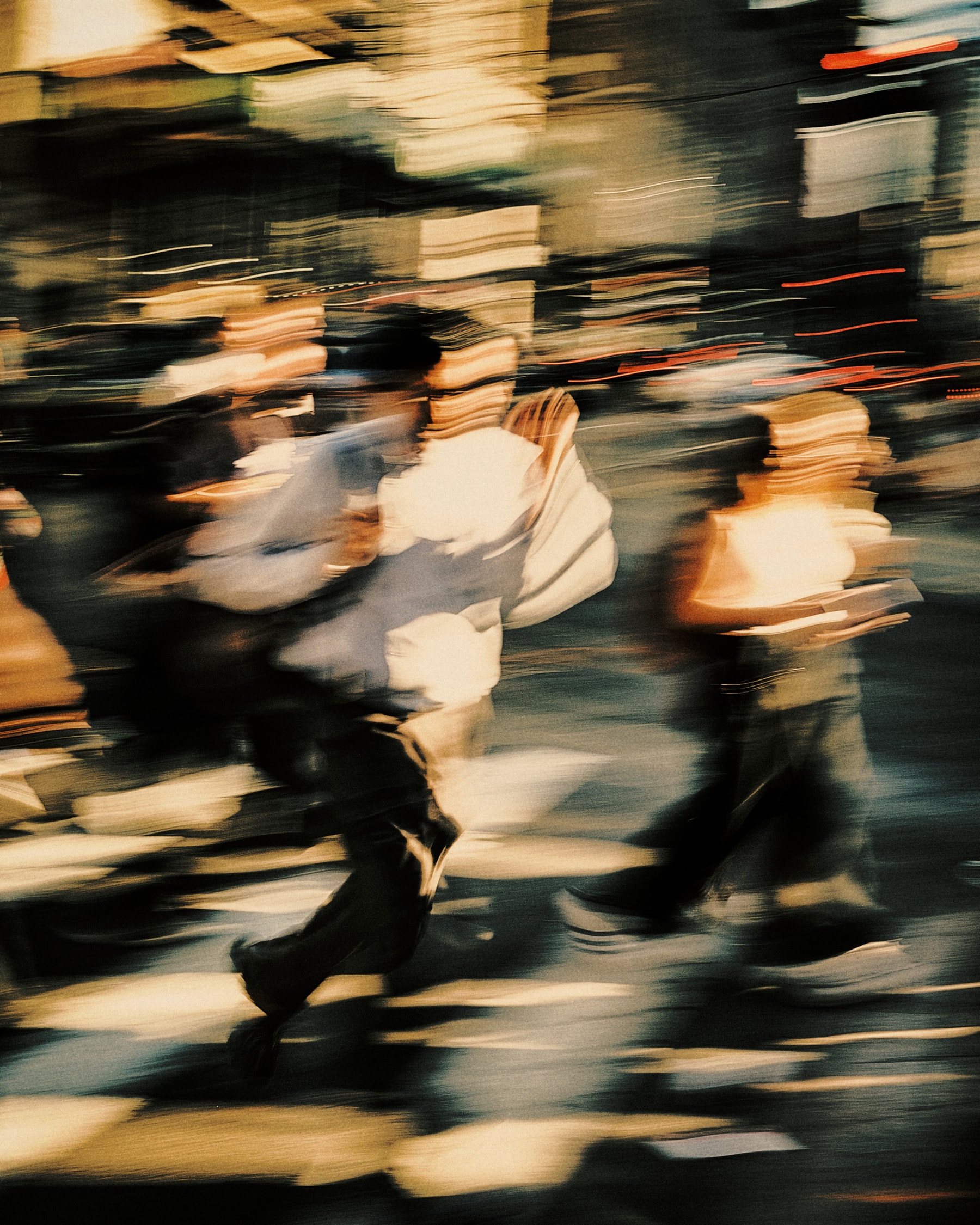


“It’s been said that what’s inside comes outside, so it could just be one big piece of self-reflection and photography as a medium to express that.”
How would you define your photography in your own words?
I would describe my photography as an impression – an idea, feeling, or opinion about something or someone, especially one formed without conscious thought or on the basis of little evidence. On the one hand, something from the past, like a bygone era with a touch of nostalgia, on the other hand, something more fantastic and futuristic, like dystopian cities. It’s been said that what’s inside comes outside, so it could just be one big piece of self-reflection and photography as a medium to express that.
What drew you to specialize in this type of abstract photography? Describe your style.
I would not say that I have a specialization, I never get hung up on something specific, I do it the way I feel, but yes I like abstractions, there is no certainty in them, we look at the image and are not sure what is shown and why it was taken, it kind of allows you to experience the image in your own way and see something of your own in it. And I was not alone on my photographic journey, I have a wonderful friend Anastasia @minoshikk, we started taking photographs with her almost at the same time. Together we experimented and talked a lot about art and photography and shared our experience. I think without her my photography would not be as it is now.
How do you approach finding subjects or scenes for your photographs?
Very intuitive, I just walk the streets and watch, sometimes I can stop in one place and stand there for an hour, watching the performance unfold before my eyes, you never know what will happen.
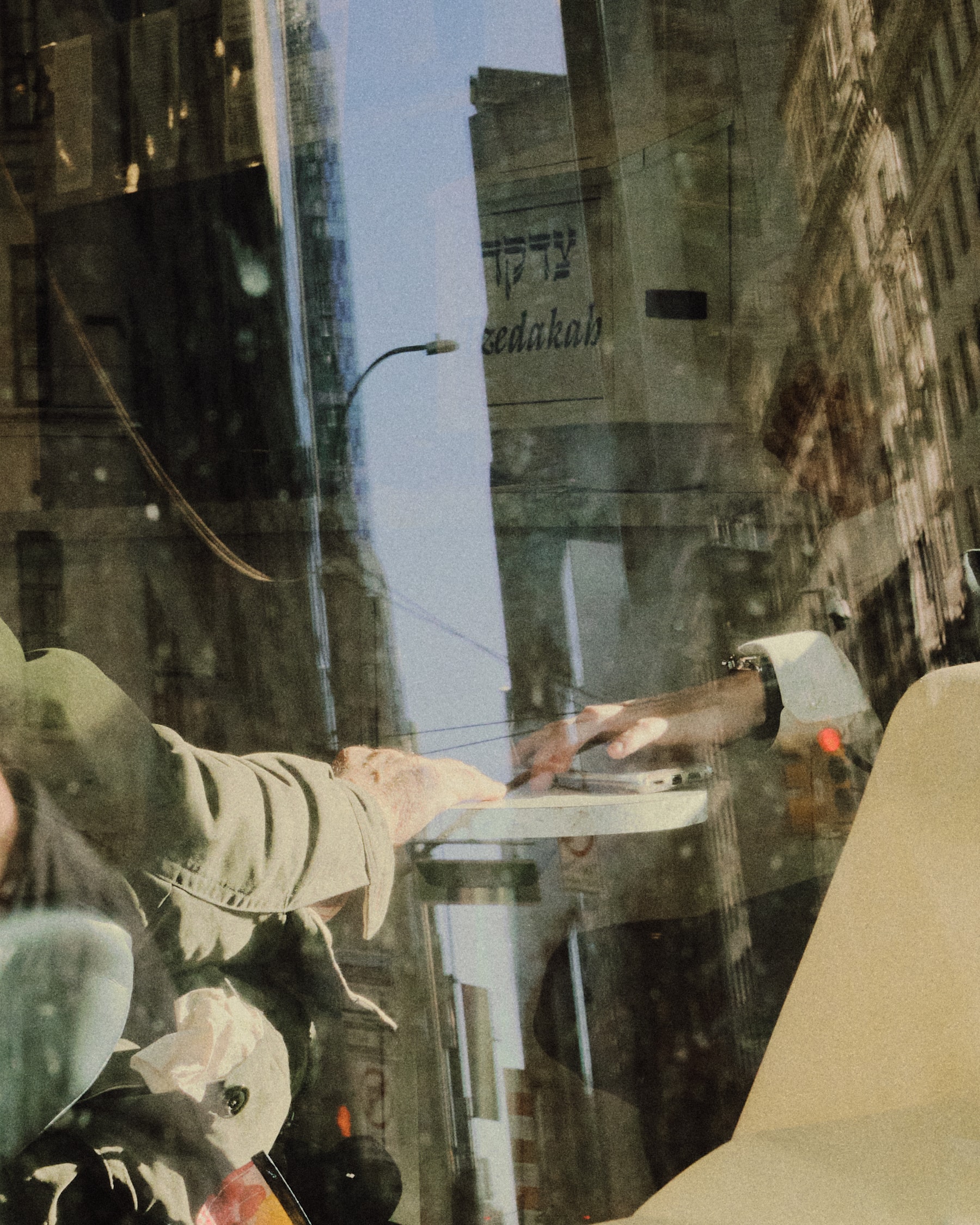

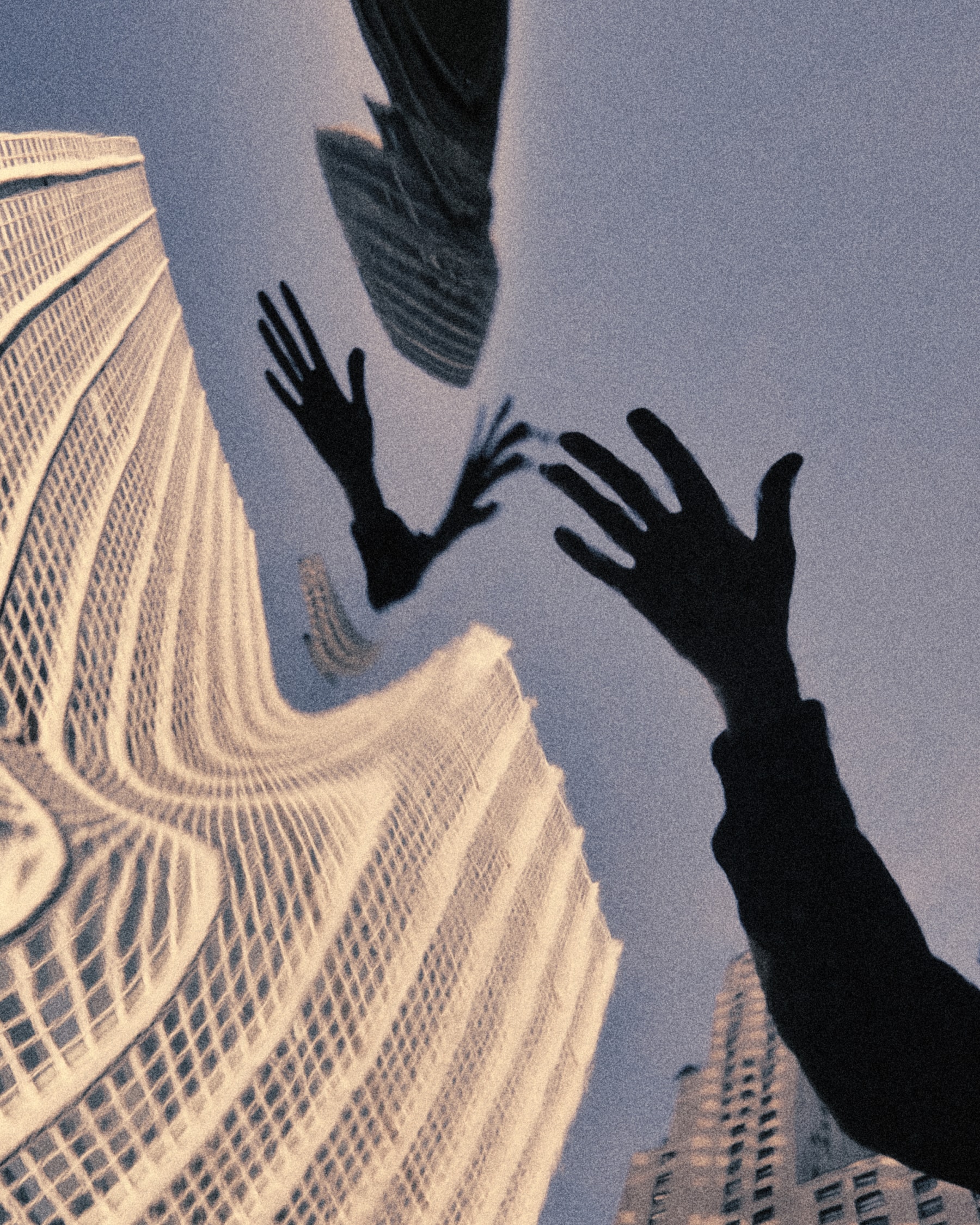
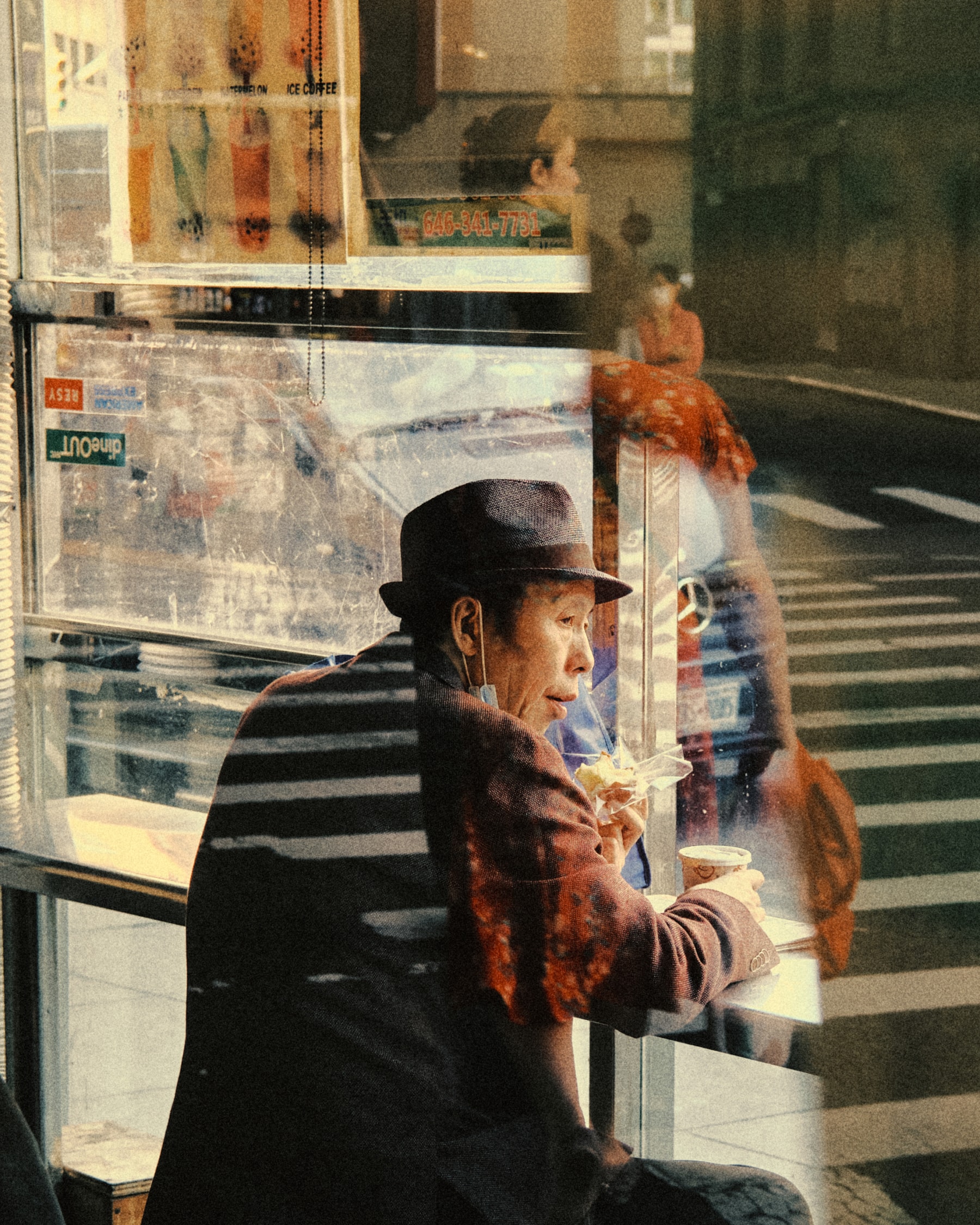

“This process is very intuitive for me and I believe we determine it ourselves.”
What techniques or equipment do you use to capture images?
Camera: fujifilm x100v; as for image processing I use Capture One; as for techniques, I experiment a lot with different things: liquids, ointments, various pieces of plastic and glass. For some photos it’s just a slow shutter, mostly shutter speeds of 1/4 – 1/8, for others I shoot through a piece of plastic or glass coated with different substances, like Vaseline.
How do you decide on composition and framing for your photographs?
Of course, there are situations in which a certain composition/framing is necessary for technical reasons, but in general, this process is very intuitive for me and I believe we determine it ourselves. I pay a lot of attention to the play of light and shadow, reflections on various surfaces. Light and shadow are very important when shooting with slow shutter speed in daylight, you need to be in the right shadow otherwise the frame will be overexposed.
What emotions or messages do you aim to convey through your distorted images?
Some of them are personal, expressing my experience, others, I think, may not matter at all, being just a representation of interesting shape or beautiful color, but what would be much more important is what the viewer experiences when looking at them.
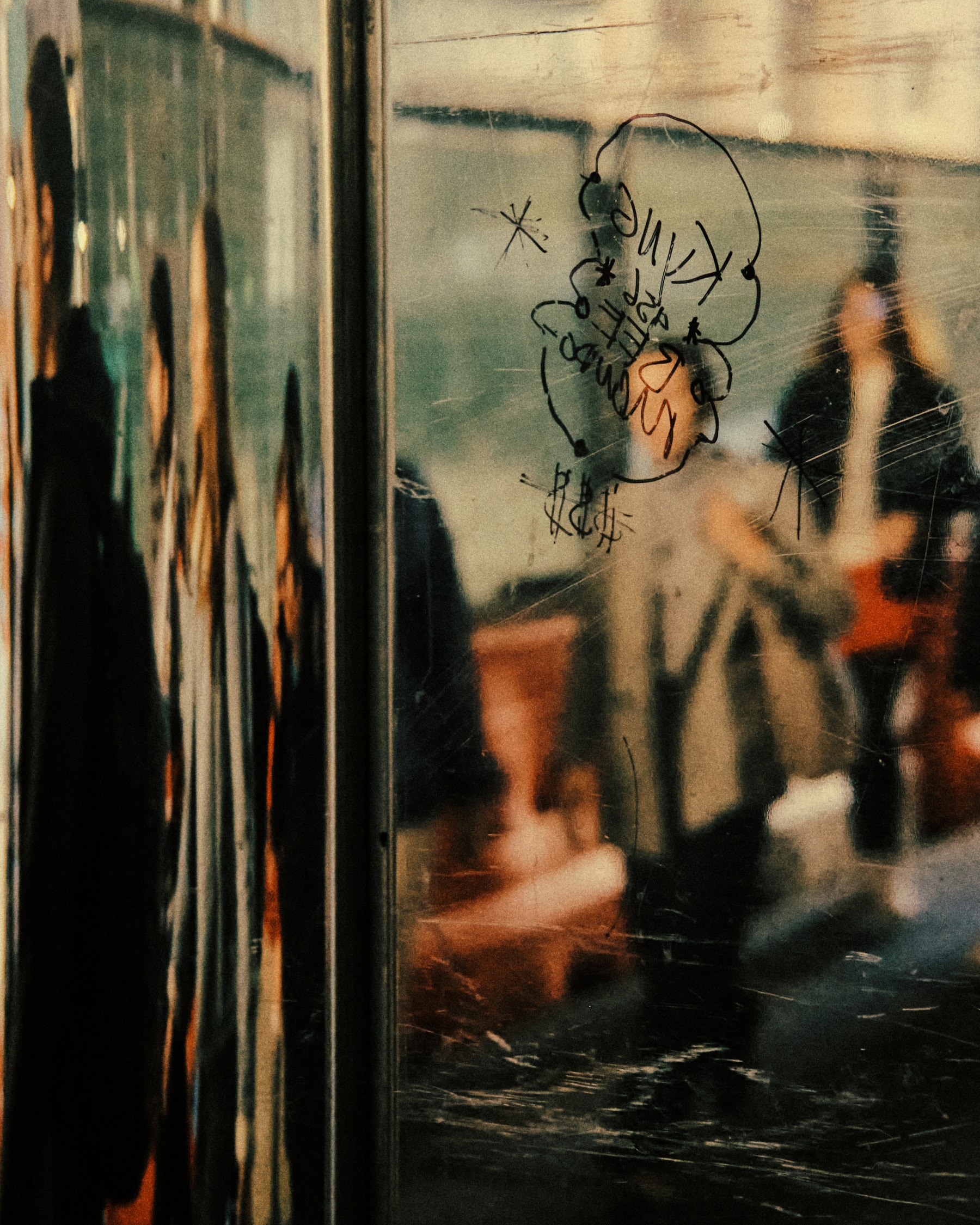

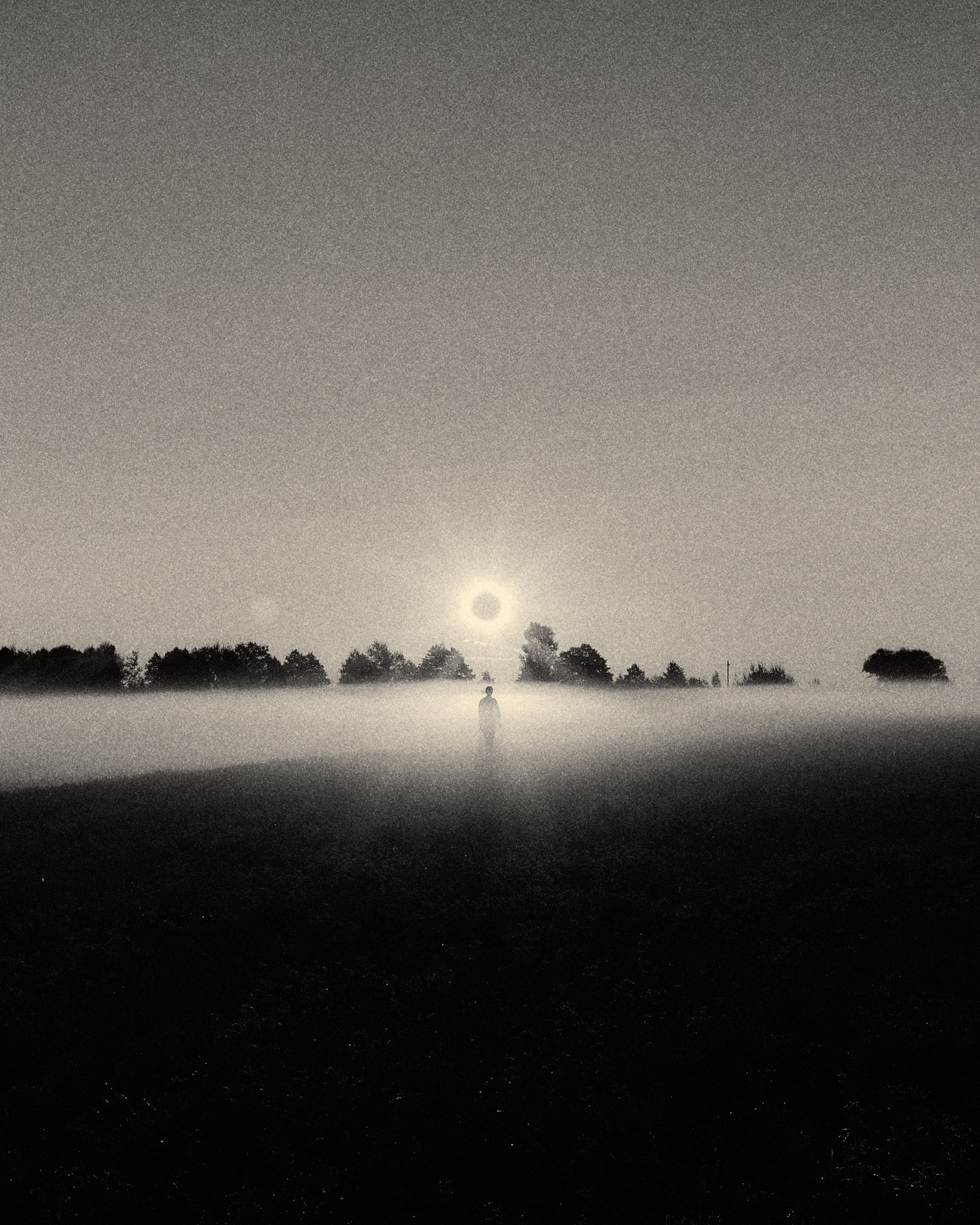

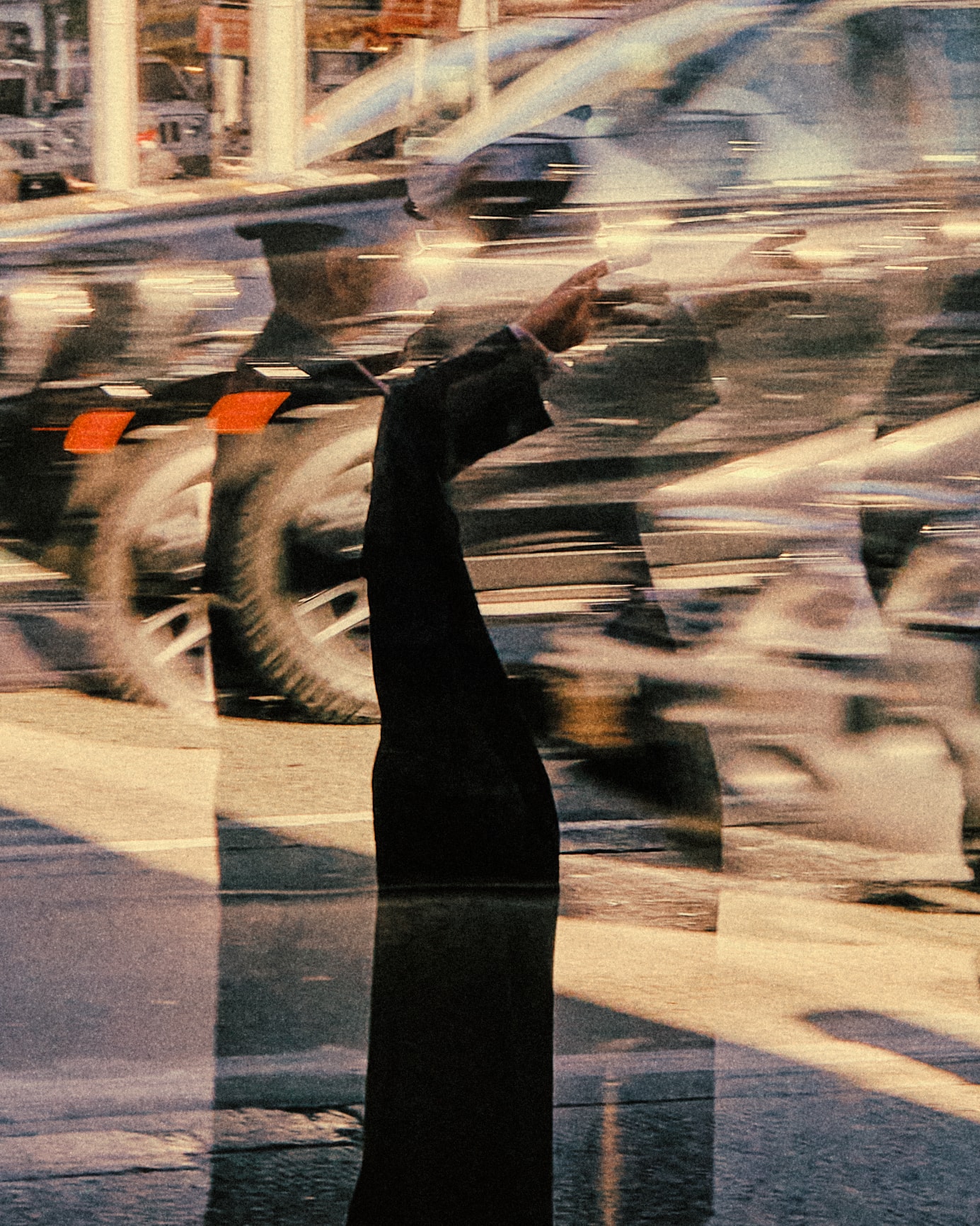
“When I got a good photo, I automatically had a disturbing thought: can I surpass myself and get an even better one?”
How do you incorporate color, light, and texture in your photography?
It is mainly inspired by painting, in particular French Impressionism, from time to time I turn to it in search of color/light/texture ideas for compositions.
How do you handle post-processing and editing for your abstract images? Tell us about your process step by step.Before I start processing images, I am in search of inspiration, usually I draw it from music and painting and it can take a huge amount of time, sometimes I can approach the same image for several months until I find the color that I think is suitable. As for the post-processing itself, it’s nothing special, I only do color correction: I always start with the curves and that’s where most of the work happens, plus some changes in Color Balance, White Balance, Exposure, Dynamic Range sliders.
What challenges do you face when capturing photographs, and how do you overcome them?
I would, perhaps, single out the problem of a temporary lack of inspiration and motivation, let’s say, a creative crisis. From time to time this crisis inevitably comes and each time it adapts and takes different forms. In the early stages it was a matter of racing with yourself. When I got a good photo, I automatically had a disturbing thought: can I surpass myself and get an even better one? it becomes like an endless race with myself, an exhausting race, I did not think that photography would bring me to suffering. Does everything have a limit? Later it took the form that I stopped being surprised, almost everything seems ordinary and not pleasing to the eye, if earlier it was enough for me to see a couple of good shots or picturesque paintings to ignite inspiration, now this is no longer the case and I definitely need more time than before. How do I deal with it? I just keep going, reviewing and rethinking the archives, trying to find a new approach, experimenting. And, as a rule, something beautiful is always born out of these crises, maybe they are necessary for progress. We deserve to see the best versions of ourselves.
How do you engage viewers and encourage them to interpret your images?
I don’t really engage/encourage the viewer, everyone is free to interpret them as they want, like me and the viewer forms their own experience, albeit through the prism of my vision.
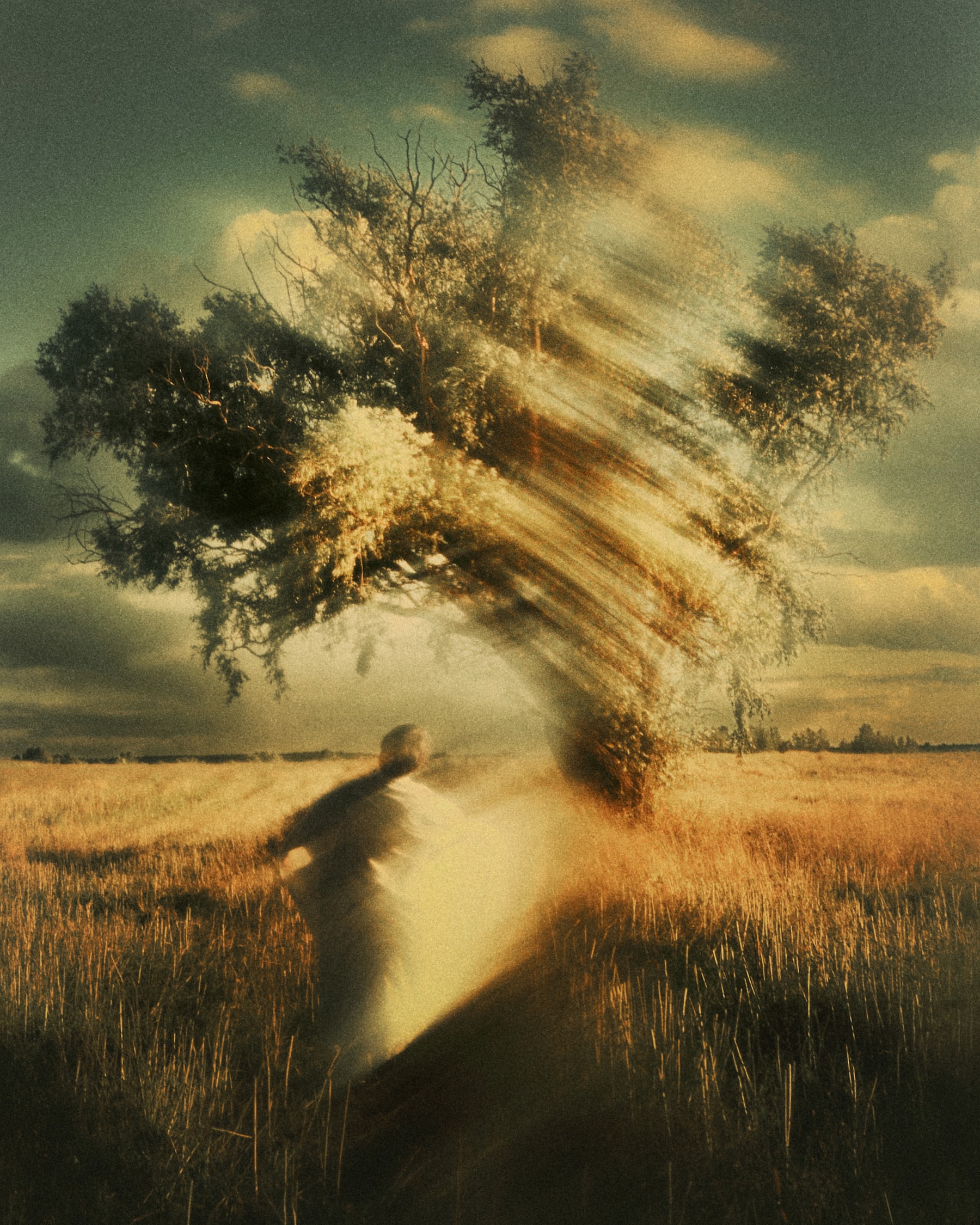

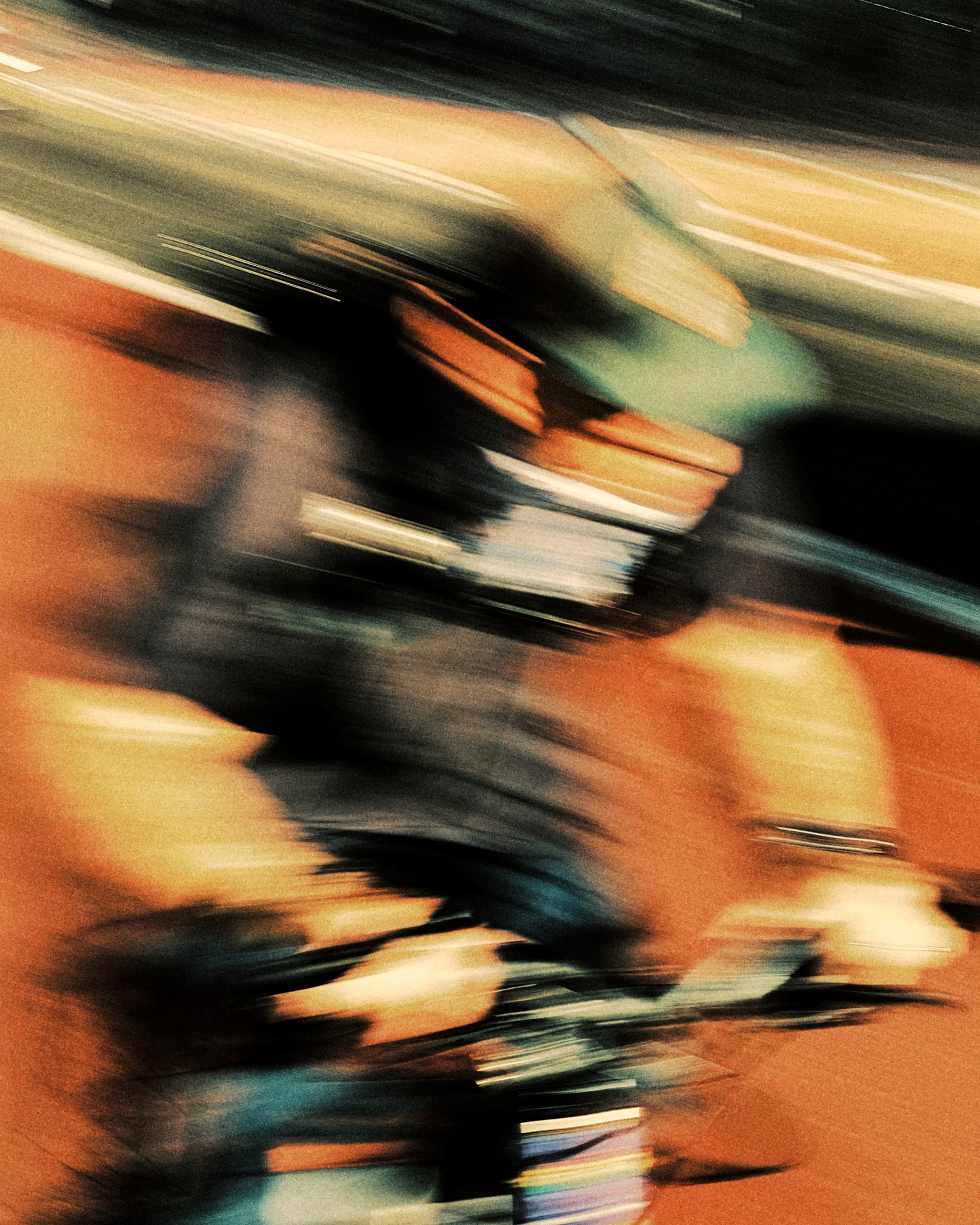
“Going for a walk is always a good idea.”
What advice do you have for aspiring photographers interested in exploring unconventional photography such as yours?
My advice would be to explore, experiment, and find a response in other art forms. Going for a walk is always a good idea. Photography teaches you to see, the more you look, the more new hidden things you begin to notice and you see the world in a different, more interesting way.
Can you share any memorable experiences or stories related to your photography journey?
The most memorable experience for me is the collaboration with ODESZA. Once I got a dm from them on instagram, they were looking for visuals for their latest album “Last Goodbye”, we agreed to do a photo shoot and additionally license images for vinyl and singles. But before I go any further, the ODESZA story started even earlier for me. I’ve been a big fan of them since their second album “In Return” was released in 2014. Oh god, i went crazy listening to them – it was a time of forming many goals and dreams, and of course one of them was to attend their performance. With that in mind, we can go back to the story, you can imagine how shocked I was when I received the dm from them. They came to New York, we did a photo shoot, agreed that I would come to their first performance in Seattle and take pictures during the show. Then comes the release of the album and vinyl for it, fully packed with my photographs. Here I am at their show in Seattle, right in front of the stage, I’m numb, tears in my eyes, how did I get here? it was one of the most meaningful experiences of my life. Maybe it was luck, but what’s remarkable is how the circle closed, I’m sure that their music definitely had an influence on me that later years was expressed in my photography, and I think this is what connected us. The circle is closed, after the performance I experienced a very bitter feeling of joy with a touch of sadness, as if you had finished reading the book you loved so much. Everything has a beginning and an end, and the most important thing in the middle is the way.

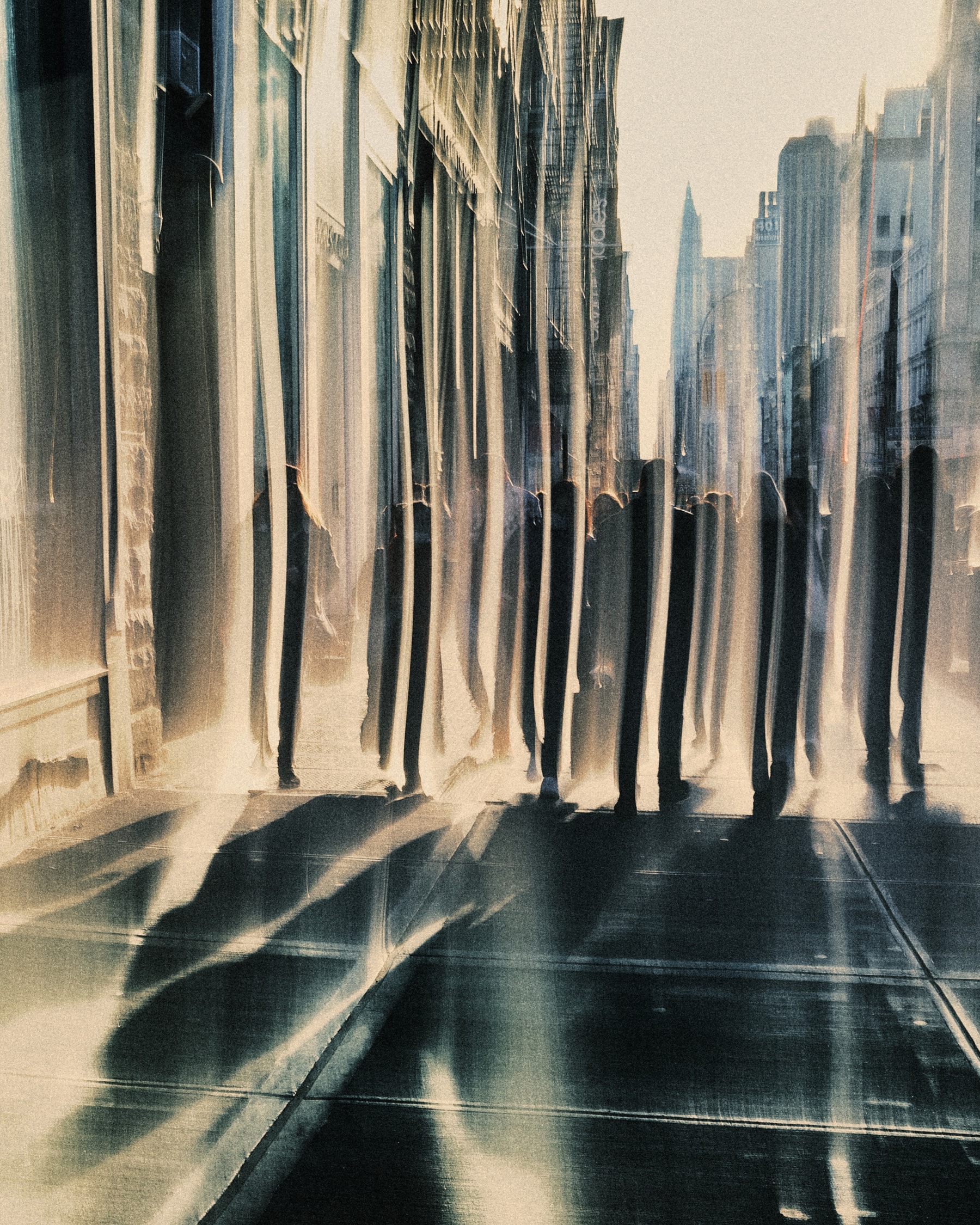
“I see photography as a medium to create a work of art, as another means of expression.”
How do you see the future of photography evolving, and how do you envision your role within it?
I see photography as a medium to create a work of art, as another means of expression. My guess is that the future of photography will depend on the development of art in general and art as a reflection of society. As for me, although my tastes continue to change, but much more slowly (maybe I’m getting old, ha) so I don’t think I’ll change much in the direction of my photography. I’ll probably gravitate towards more abstract and painterly things and who knows, maybe I’ll change the photography to something different.
All photographs courtesy of Aleksandr Babarikin for Hypeart.

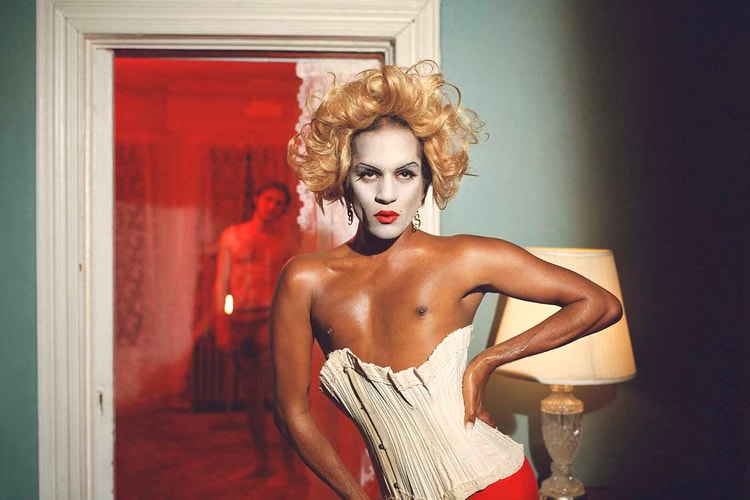
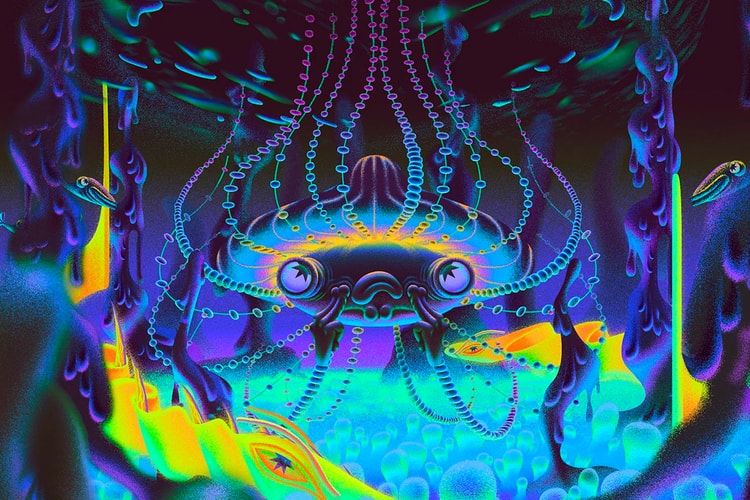
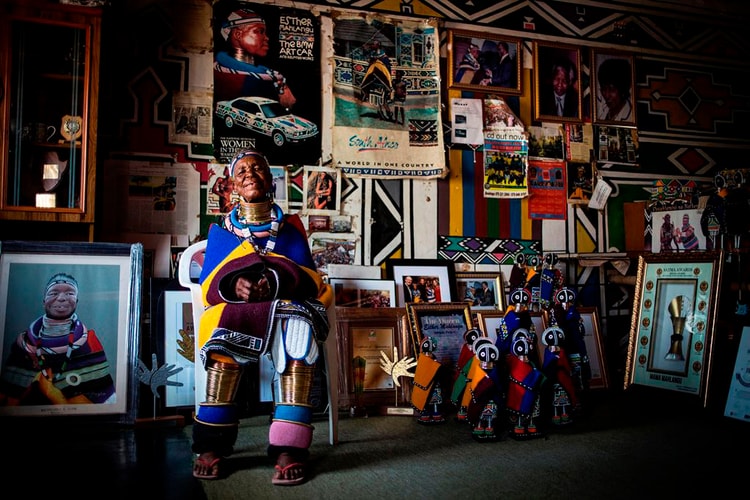
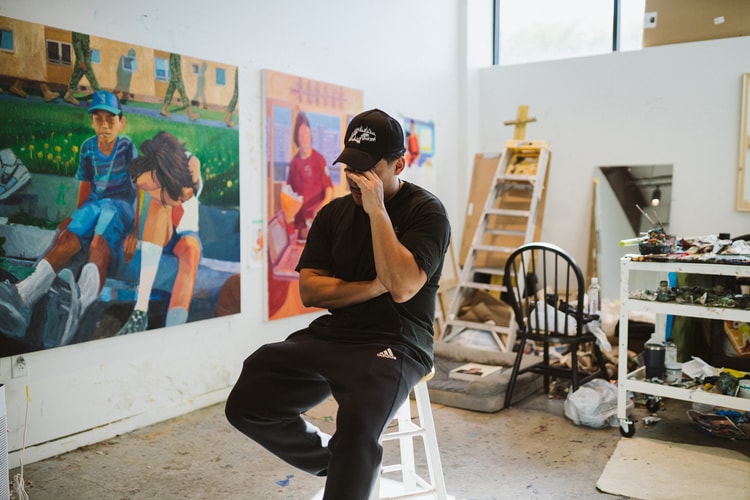
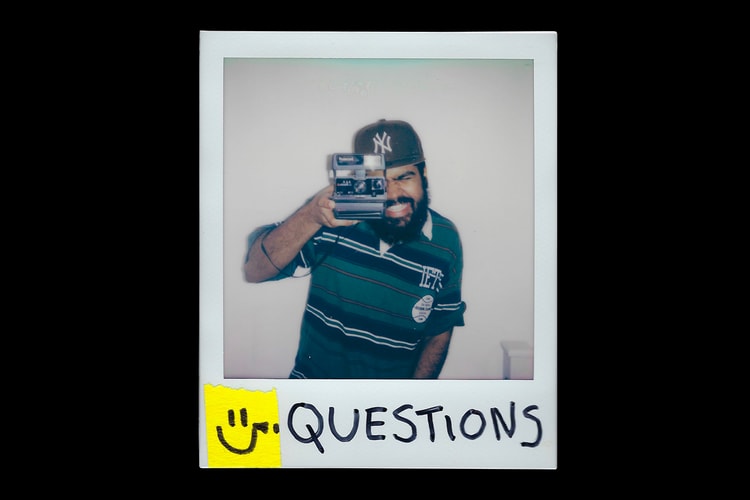
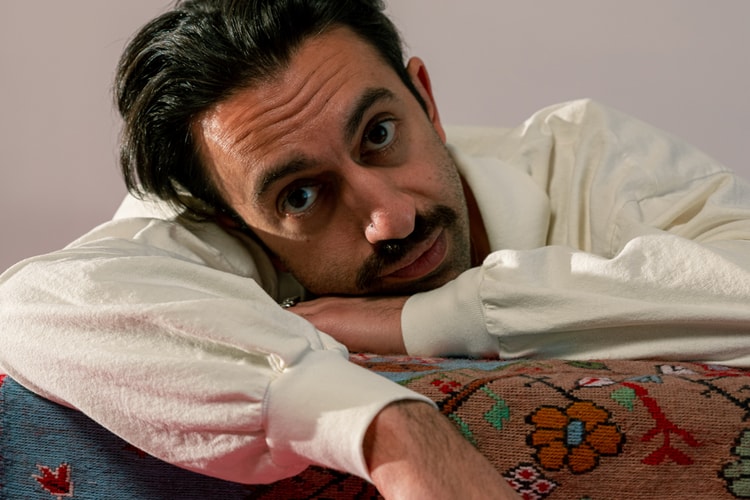
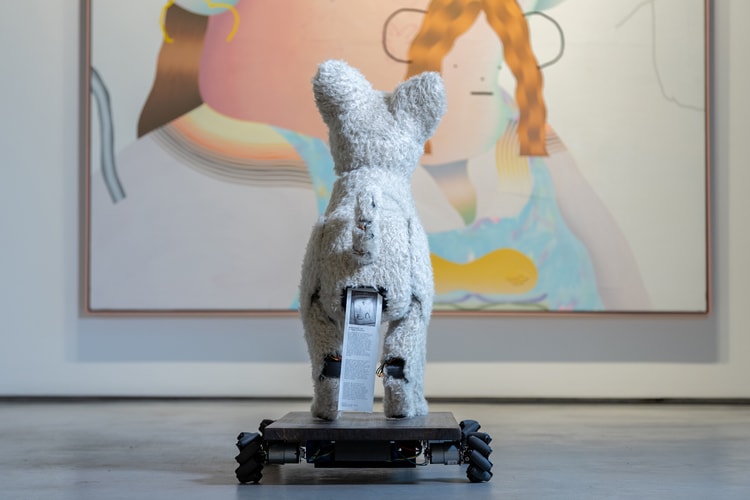
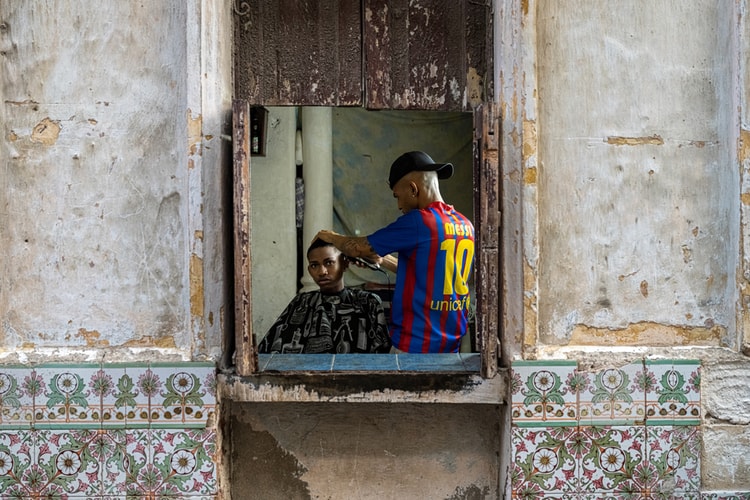
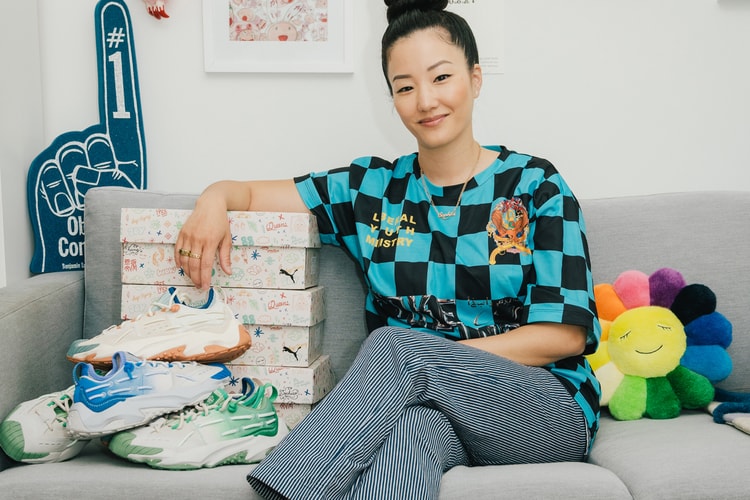
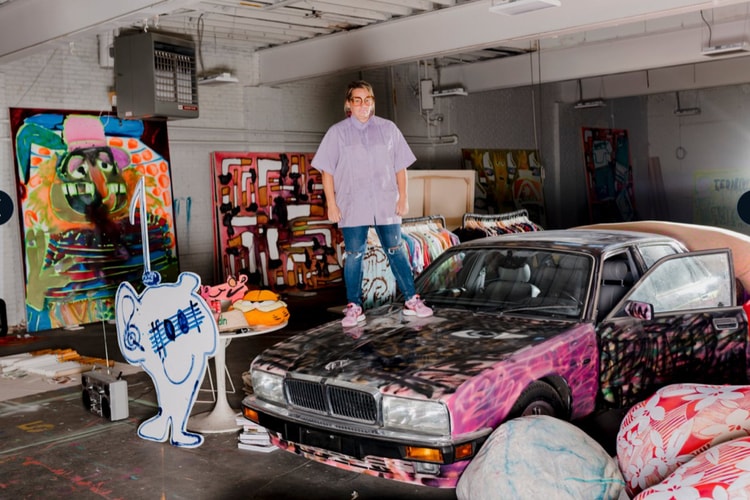
Scan the QR code to open the article on your device or within the Hypebeast App.